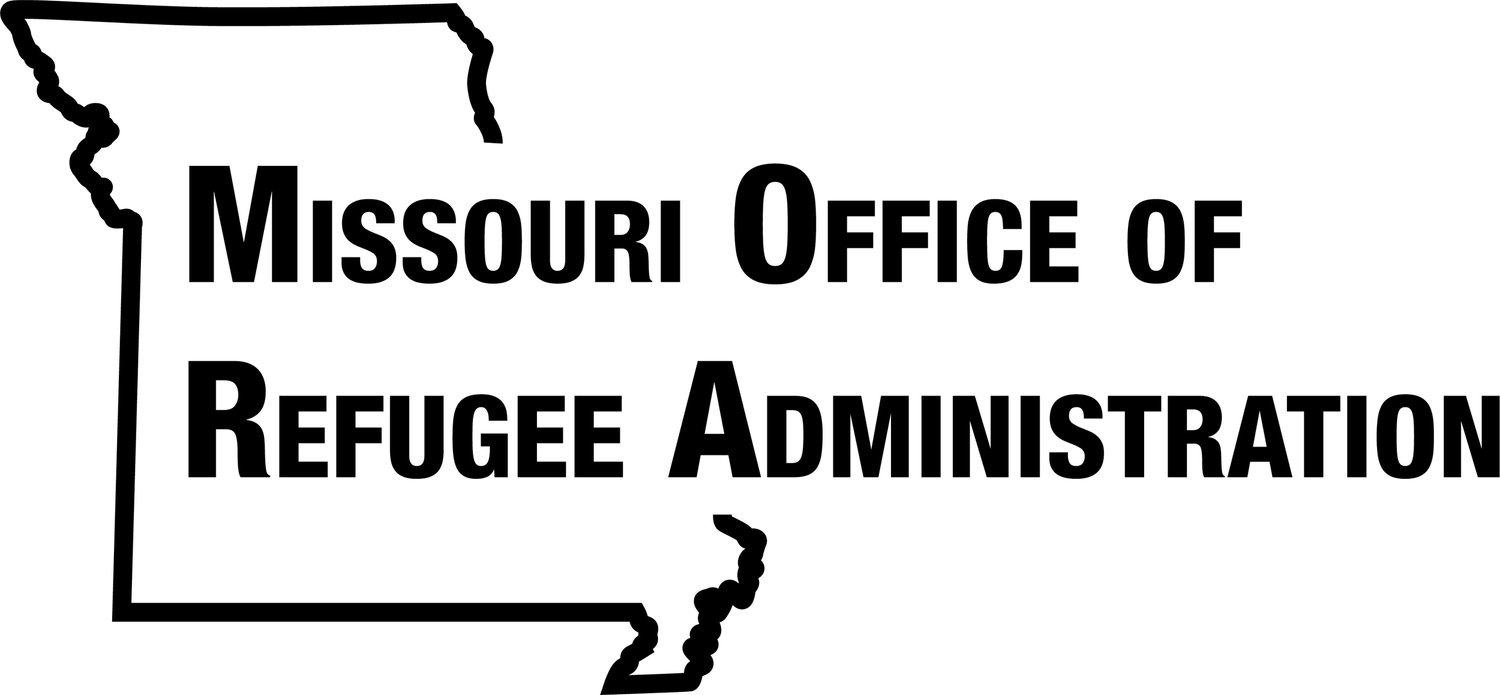
Refugee Resettlement 101
Who is a refugee?
Refugee Facts: Visit the USA for UNHCR page to learn more about refugees, refugee camps, World Refugee Day, important statistics and more.
What to know about refugees: Learn more about who refugees are, how UNHCR protects and advocates for refugees and how you can support them.
How do refugees arrive to the United States?
Fact Sheet: U.S. Refugee Resettlement: The National Immigration Forum outlines data points and key components of the refugee resettlement process.
The U.S. Refugee Resettlement Program Explained: This resource from UNHCR features a collection of graphics to help illustrate the U.S. Refugee Admissions Program (USRAP).
Refugee Vetting Process: This article reviews the many layers of security and health screenings refugees must undergo before being approved for resettlement in the U.S.
How Resettlement Agencies Work with the U.S. Government: This video describes the distinct roles of US government agencies, nonprofit organizations, and local communities in assisting newcomers with the resettlement process.
How can I help welcome refugees to my community?
Five Ways the Community Can Help Refugees and Other Newcomers: This video highlights offers ways community members can get involved including volunteering time and services, offering housing and employment opportunities and information about co-sponsorship.
Q&A with Newcomer Shadi and Welcomer Brendan: Welcome Corps created a video to share how local volunteers can help welcome newcomers in their communities.
A How-To Guide for Talking to Your Neighbors About Refugees: Refugees International created a guide explaining who refugees are and how to support refugee resettlement.
Welcoming + Belonging in Rural Communities: Explore community-based strategies that bring residents together to build connections, share stories and uplift shared values.
Q&A: What Does World Refugee Day Mean to Refugees: Learn more about World Refugee Day, an annual celebration honoring the journey of refugees across the globe, and what it means to their community.
How can I learn more about refugees?
Missouri Language Diversity: The Missouri Economic Research and Information Center (MERIC) created a report tracking language diversity to help inform businesses, organizations and the public.
The Belonging Barometer: A report illustrating why belonging matters, regardless of identity. It includes important insights and resources that can help communities and individuals foster more welcoming spaces.
Visualizing the Global Flow of 35 Million Refugees: A collection of stories and infographics detailing the journeys of refugees all over the world.
2023 Map the Impact: An interactive map showcasing the economic contributions of immigrants across all 50 states.
Frequently Requested Statistics on Immigrants and Immigration in the U.S.: This report offers up-to-date data about the 45.3 million immigrants living in the country and a history of U.S. immigration trends.
Debunking Major Myths About Immigrants’ Socioeconomic Status in the US : A book by two economic historians that disproves common misconceptions about today’s immigrant population and outlines specific economic contributions.
Immigrants Help Fund Our Public Programs: Over the next 30 years, immigrants will pay more in taxes than they will consume in benefits, a new study from the Cato Institute found.
